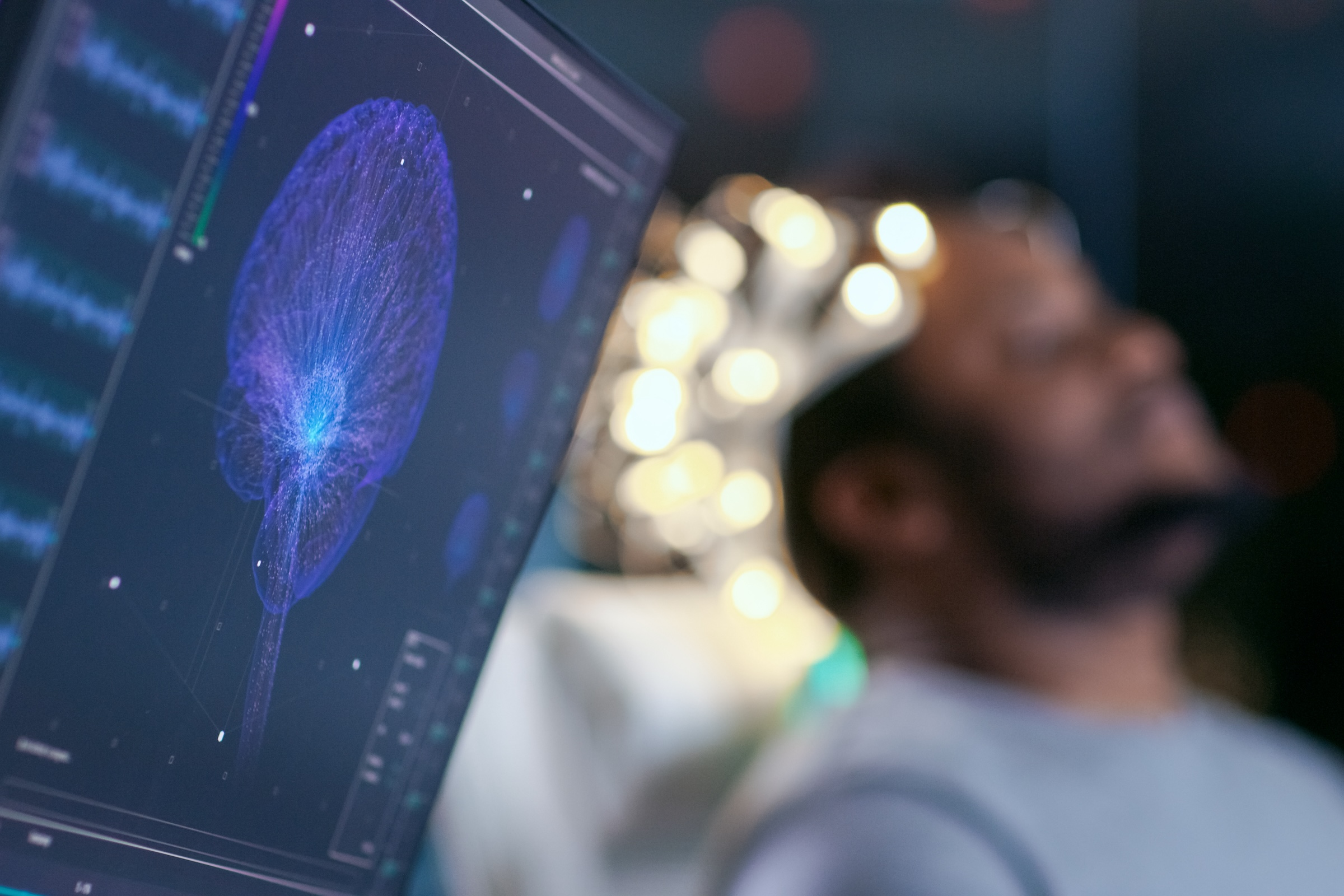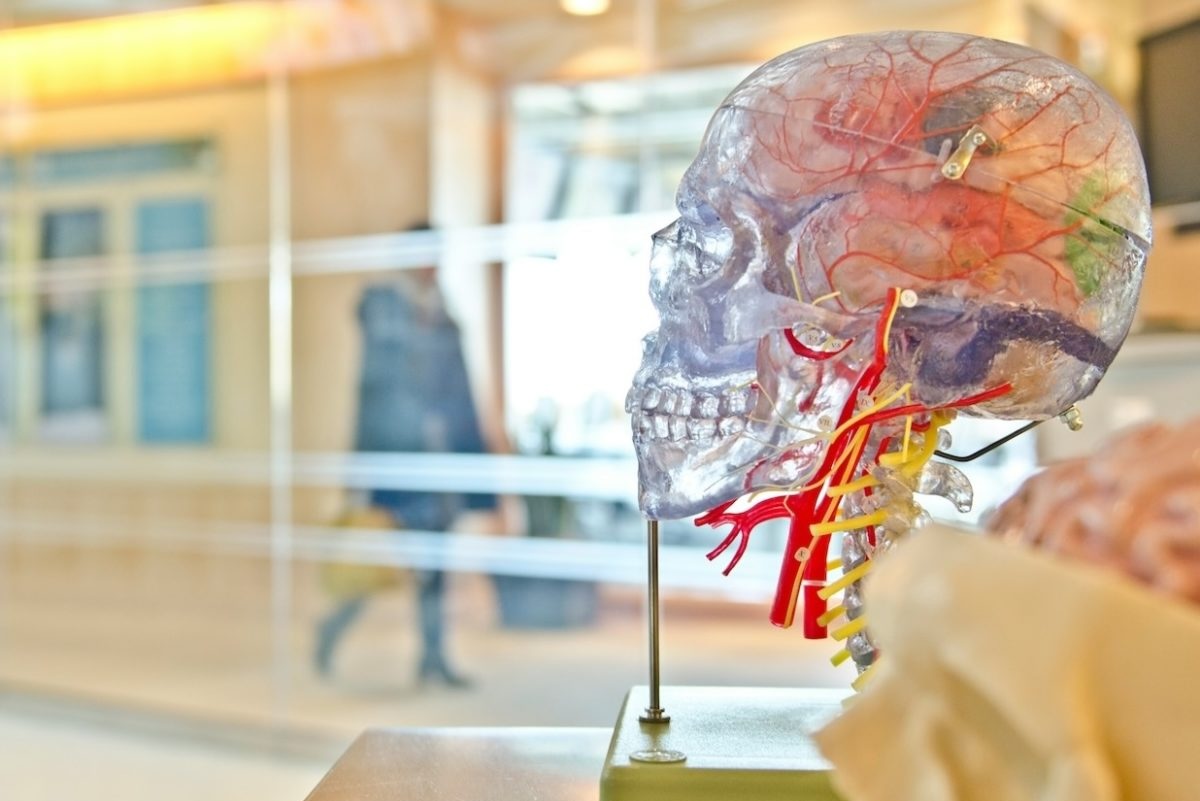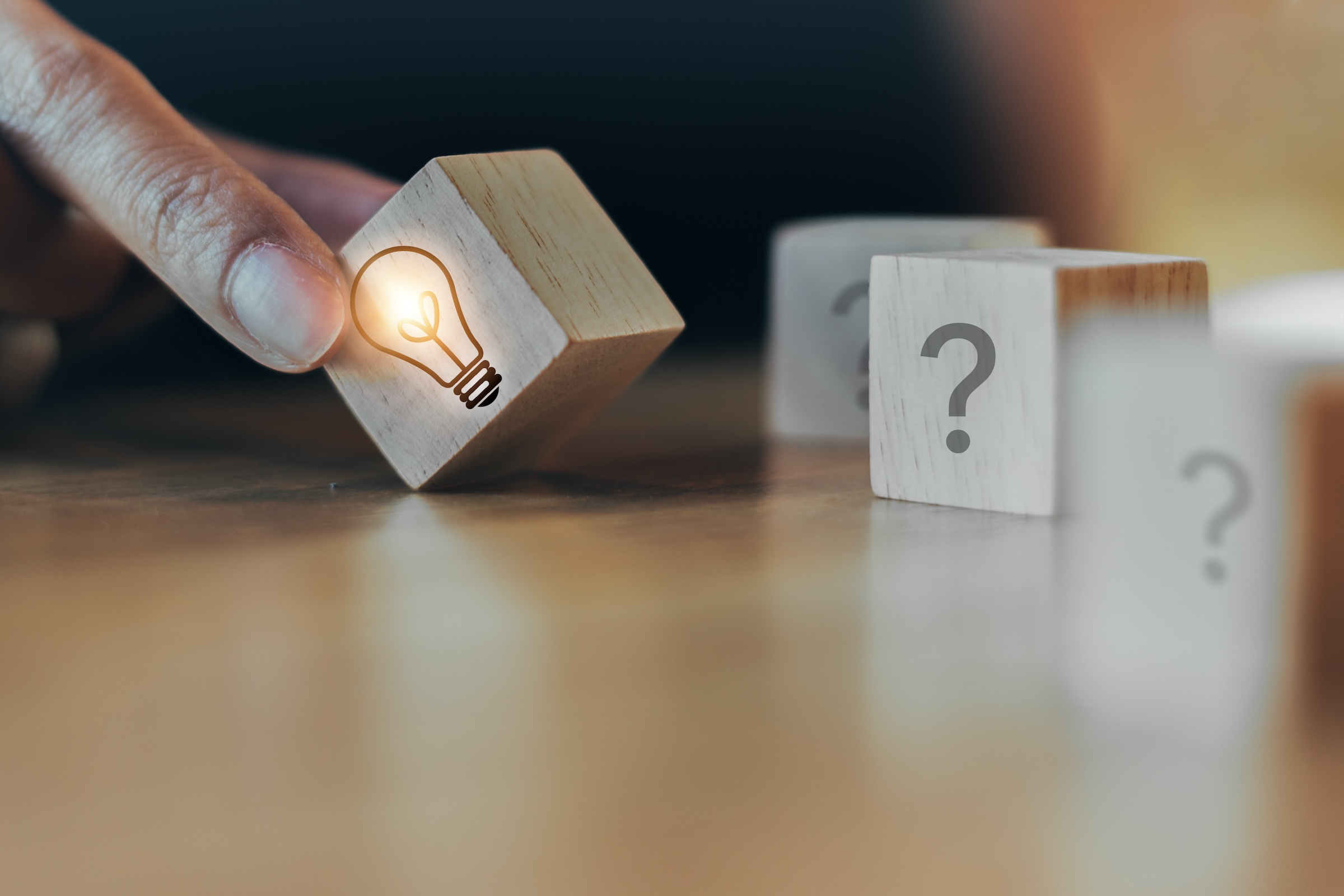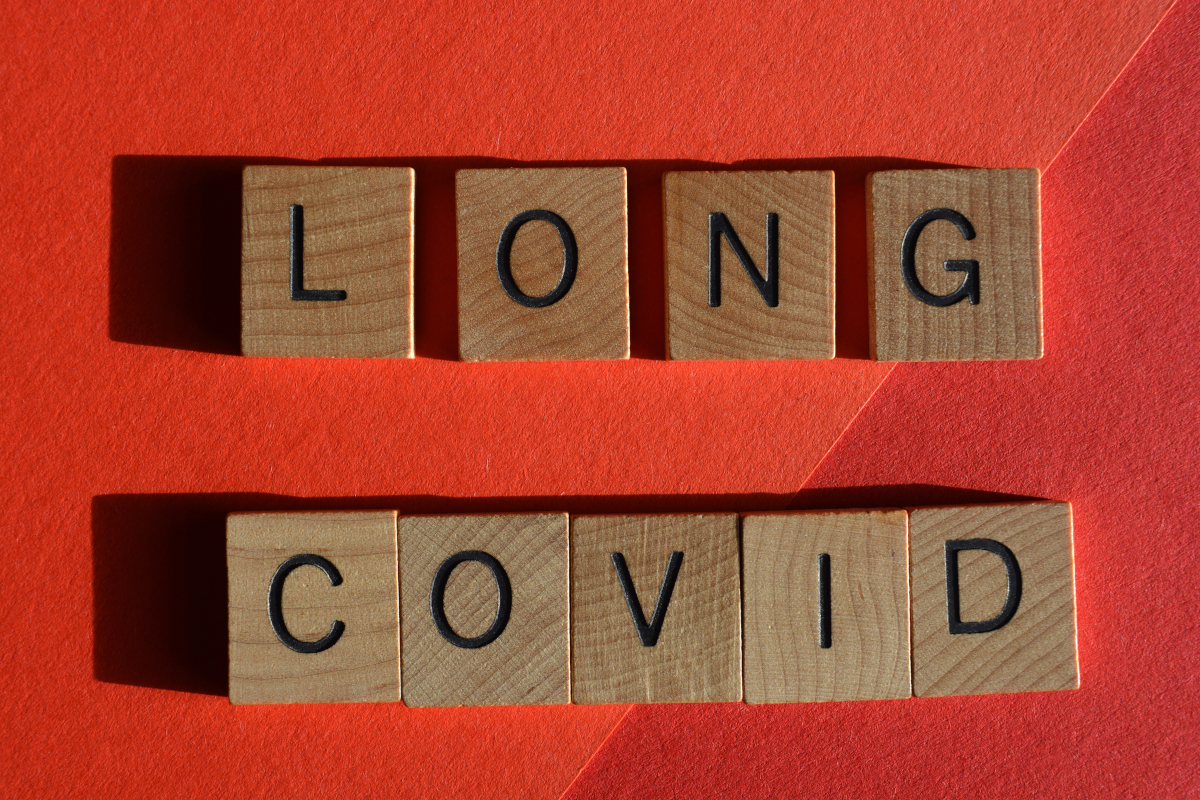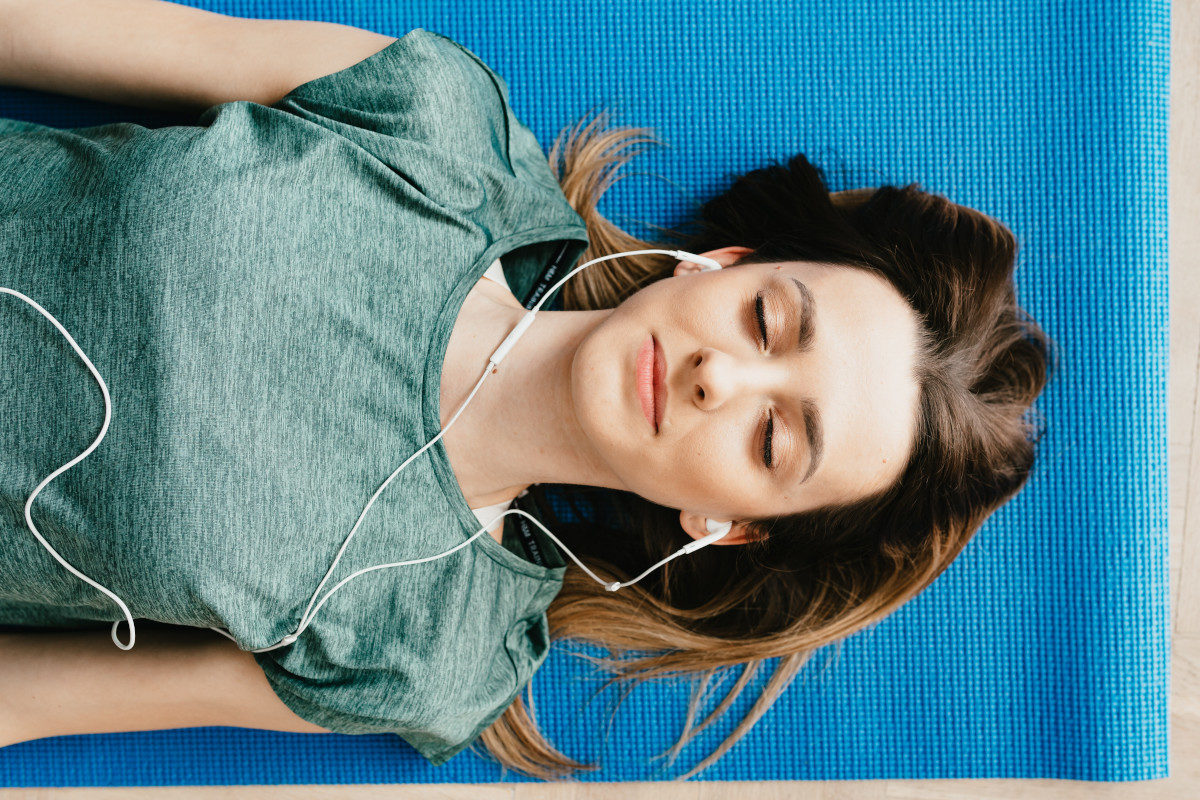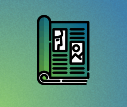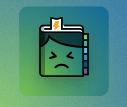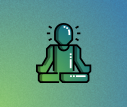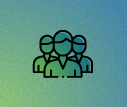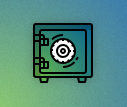Stress – what is it, anyway?
The word "stress" as we understand it today was first used by scientists about 50 years ago. One researcher, Hans Selye, described stress in general terms as "our body's response to demands." For most people these days, stress is the feeling of being under too much pressure, all tensed up, or not having enough time. Stress is not only caused by major life events. Ordinary everyday hassles can leave you feeling stressed.
-
References
Albers, L. et al.: Potenziell vermeidbare Risikofaktoren für primäre Kopfschmerzen. Ein systematischer Review, Bundesgesundheitsbl. 57, 952–960, 2014.
Barbanti P, Aurilia C, Egeo G, Fofi L, Vanacore N. A case-control study on excessive daytime sleepiness in chronic migraine. Sleep Med. 2013 Mar;14(3):278-81. doi: 10.1016/j.sleep.2012.10.022.
Boardman HF, Thomas E, Millson DS, Croft PR. Psychological, sleep, lifestyle, and comorbid associations with headache. Headache. 2005 Jun;45(6):657-69.
Cannon, Walter B.: Wut, Hunger, Angst und Schmerz: Eine Physiologie der Emotionen. München, Berlin, Wien 1975.
De Benedittis G, Lorenzetti A. The role of stressful life events in the persistence of primary headache: major events vs. daily hassles. Pain. 1992 Oct;51(1):35-42.
González-Quintanilla V, Toriello-Suárez M, Gutiérrez-González S, Rojo-López A, González-Suárez A, Viadero-Cervera R, Palacio-Portilla EJ, Oterino-Durán A. Stress at work in migraine patients: differences in attack frequency. Neurologia. 2015 Mar;30(2):83-9. doi: 10.1016/j.nrl.2013.10.008.
Jiang XL, Zheng XY, Yang J, Ye CP, Chen YY, Zhang ZG, Xiao ZJ. A systematic review of studies on the prevalence of insomnia in university students. Public Health. 2015 Dec;129(12):1579-84. doi: 10.1016/j.puhe.2015.07.030. Epub 2015 Aug 20. Review.
Linde M, Gustavsson A, Stovner LJ, Steiner TJ, Barré J, Katsarava Z, Lainez JM, Lampl C, Lantéri-Minet M, Rastenyte D, Ruiz de la Torre E, Tassorelli C, Andrée C. The cost of headache disorders in Europe: the Eurolight project. Eur J Neurol. 2012 May;19(5):703-11. doi: 10.1111/j.1468-1331.2011.03612.x.
Selye, H.: Stress. Bewältigung und Lebensgewinn. München/ Zürich 1974.

